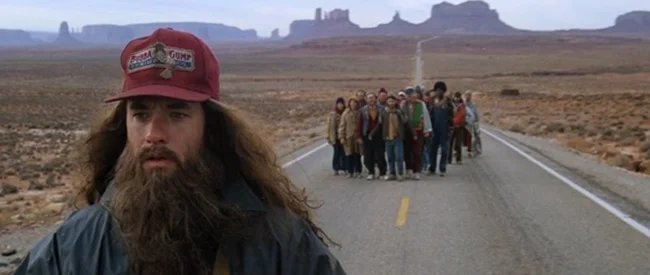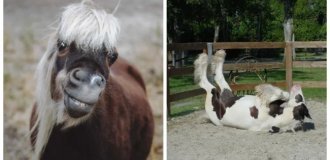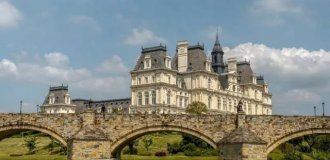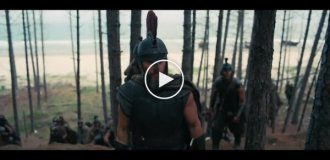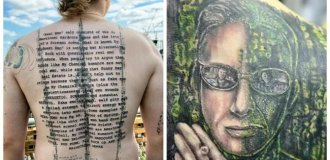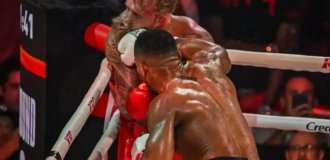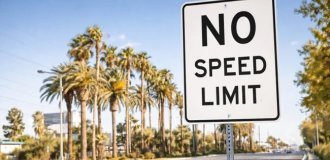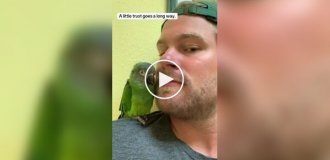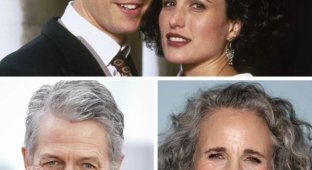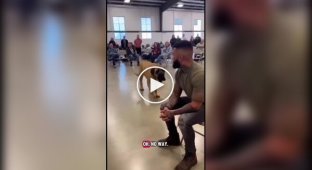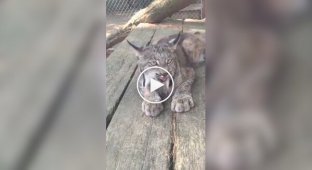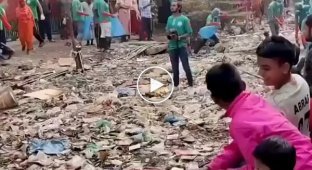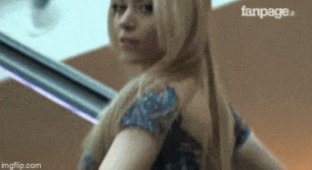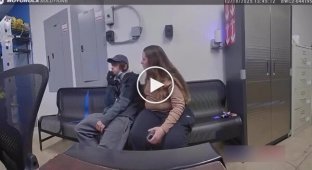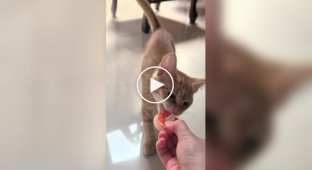Forrest Gump: 10 hidden details that are usually overlooked in this great film (14 photos)
The film "Forrest Gump" has long since become more than just a cinematic masterpiece, but a true cultural phenomenon. It has left a deep imprint on audiences worldwide, becoming a symbol of an entire era. 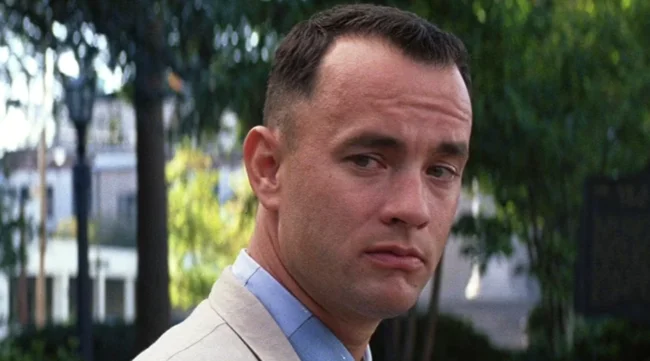
Played by Tom Hanks, the title character—a kind, sincere, and surprisingly simple man—is a guide through decades of American history. Through his eyes, we see the key events of the second half of the 20th century, experiencing them with him, laughing and feeling sad.
The high-quality direction, deep emotional intensity, and incredible attention to detail make the film truly unique. Everything is thought out down to the smallest nuances—from the costumes and props to the actors' facial expressions and background elements. 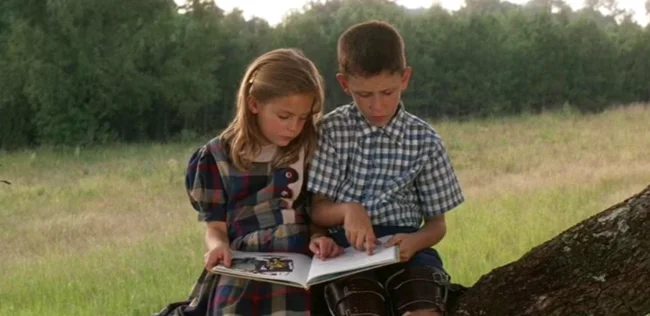
It's these small, seemingly insignificant details that give the film its special depth and authenticity.
Because "Forrest Gump" is a sprawling epic film spanning a long period of time, it contains many hidden meanings and subtle references that most viewers simply don't notice. However, if you look closer, you'll discover surprising things the filmmakers never mentioned.
Below are ten of the most interesting and little-known details that make this film even more captivating on repeat viewings.
Forrest never blinks while playing ping-pong 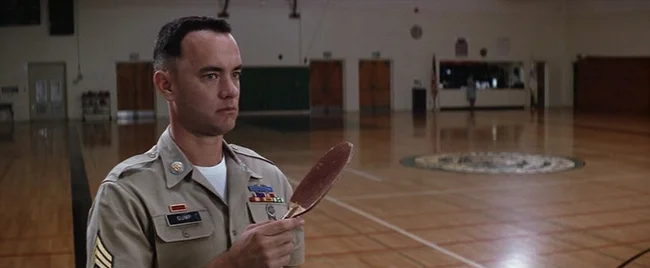
One of the most unexpected chapters in Forrest's life is his career as a professional table tennis player. But there's one odd detail about this scene: Forrest literally doesn't blink during matches. His gaze is fixed on the ball with such concentration that it begins to seem almost supernatural.
However, the explanation is simple—and completely in keeping with the hero's character. When Forrest was just learning to play, one of his fellow soldiers in the army told him, "The main thing is to keep your eyes on the ball." Forrest took this literally and hasn't looked away since, even when his eyes begin to water. His absolute devotion to the rule given by another man is another manifestation of his naive yet touching honesty.
Lieutenant Dan's Rosary Beads - A Personal Detail from the Actor 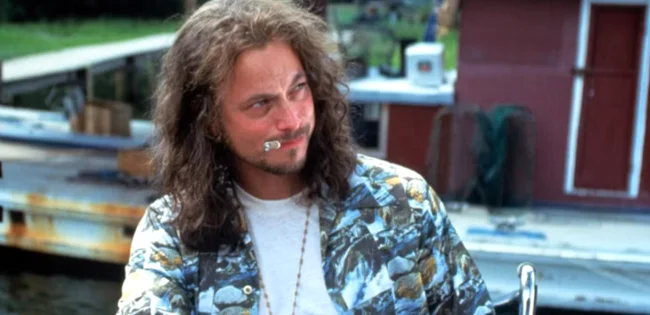
Throughout most of the film, Lieutenant Dan, played by Gary Sinise, wears a rosary bead and medallion around his neck. This accessory is more than just a prop: it has deep personal significance for both the character and the actor himself.
The medallion depicts Saint Christopher, the patron saint of travelers, traditionally worn for protection on the road. Ironically, Saint Christopher is also considered a protector against lightning and storms – precisely the elements that literally befall Lieutenant Dan in the hurricane scene.
But the most astonishing thing is the provenance of this necklace. It wasn't purchased for the film. It's a genuine heirloom piece that belonged to Gary Sinise's brother-in-law, who served in Vietnam. The actor brought it to the set to add additional authenticity and depth to the character of Lieutenant Dan.
Anti-war rally: real people and digital magic 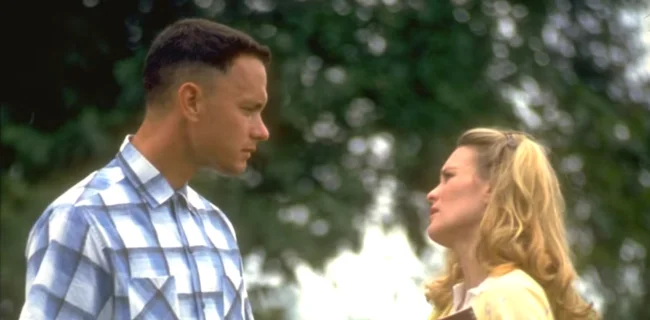
The scene of Forrest and Jenny's reunion at the anti-war rally in Washington is one of the most powerful in the film. The size of the crowd, the atmosphere of tension and emotional uplift are incredibly impressive. However, organizing such a large-scale, mass-scale scenario was extremely challenging.
The National Mall in Washington, D.C., rarely fills up even during real protests, and gathering thousands of people there for filming is a nearly impossible task.
The producers found an elegant solution: they hired about 1,500 extras and filmed them in different parts of the plaza, using different angles and costumes. Then, using editing, the shots were superimposed, creating the illusion of a huge crowd. The result is a spectacle that looks absolutely realistic. 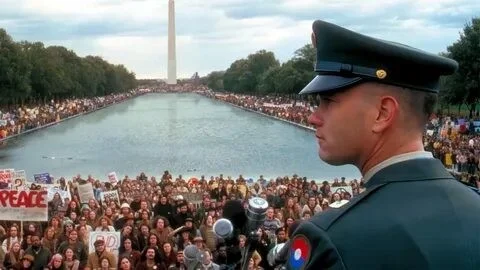
The Flying Feather: Authenticity and Digital Enhancement 
One of the film's most famous scenes—the opening scene with a white feather hovering in the air—seems almost magical. Many assume the feather was created entirely using computer graphics. In fact, the opposite was true.
The film crew actually used a real feather. It was filmed against a blue background, blown by fans. Then, using digital editing, the individual shots of the feather's movement were stitched together into a single, smooth flight.
This digital "puzzle feather" was carefully integrated into the real streets, creating the effect of a subtle, almost fairytale-like movement.
Thus, the feather was simultaneously real and artificial—the perfect symbol of fragility and fate, which runs throughout the film.
The ping-pong ball is completely digital. 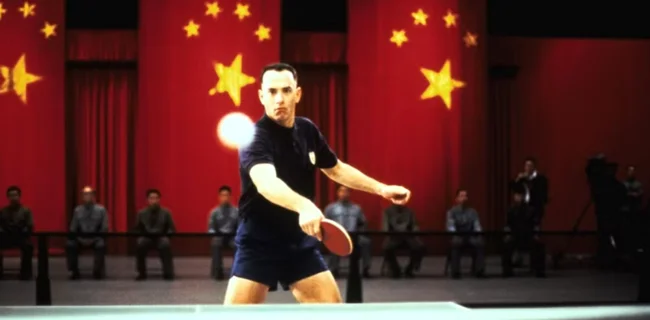
While the ping-pong scenes look realistic, the ball Forrest hits with dizzying speed wasn't actually a physical ball.
Tom Hanks and the other actors simply acted out the motions, swinging their paddles in the air. The ball was then added into the shot using CGI, perfectly synchronized with their movements.
This created the impression of supernatural agility and speed, unattainable even by a professional athlete. Interestingly, viewers rarely notice the substitution—the final result is so convincing.
Tom Hanks's Younger Brother Is His Stunt Double 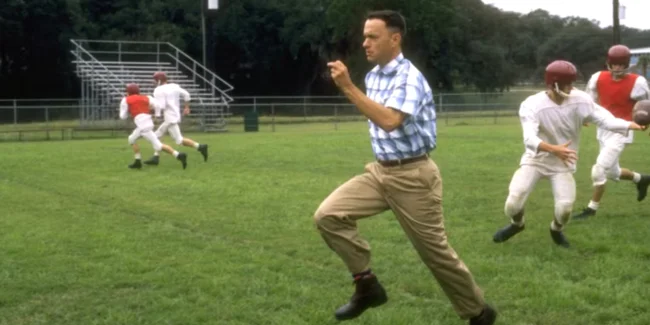
In major films, stunt doubles are usually chosen based on appearance and height, but for Forrest Gump, the producers took a different approach. In scenes that required Forrest to run, especially those where he runs along highways or through crowds, Tom Hanks was often replaced by his own younger brother, Jim Hanks.
Jim not only resembles his brother, but also has a similar gait and movement. He appears in several key running scenes, especially those that required prolonged physical exertion.
It's rare for a relative of an actor to become a stunt double—and yet they go completely unnoticed by audiences.
The blue plaid shirt—a symbol of continuity 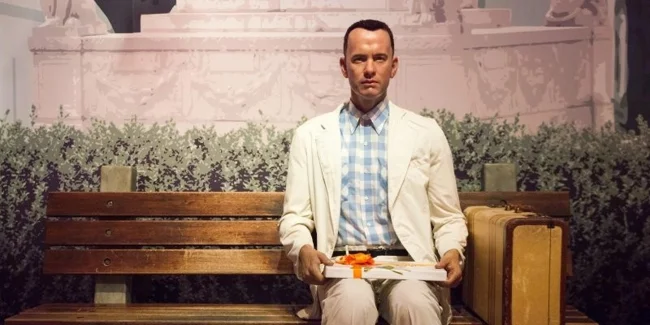
Throughout the film, which spans over 30 years of Forrest's life, his appearance, clothing, and circumstances change. However, one detail remains constant—the blue plaid shirt.
Whenever the film makes a significant time jump and Forrest appears older, he is almost always wearing this shirt. It becomes his calling card, a link between different stages of his life.
This detail isn't immediately obvious, but it's precisely these nuances that help the viewer feel the continuity of the narrative. The shirt isn't just clothing, but a symbol of permanence in a world that's constantly changing.
"Blink and you'll miss it": Forrest with his eyes closed 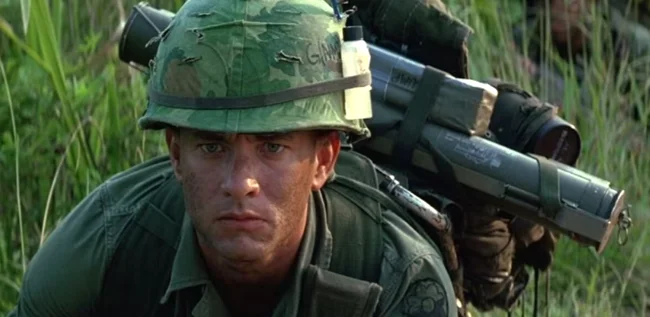
The film features numerous photographs of Forrest taken against the backdrop of historical events: with Elvis, with presidents, at rallies and parades. But there's one strange pattern: in every one of these photographs, Forrest's eyes are closed.
He blinks just as the picture is taken. It's a subtle, almost unnoticeable detail, but it speaks volumes. Forrest is a man who finds himself at the epicenter of great events, yet remains a passive observer, as if not fully aware of his surroundings.
The humor of this detail lies in its absurdity: the hero is part of the story, but even in a photo, he looks as if he "missed the moment"—literally and metaphorically.
Kurt Russell's Cameo—Offscreen 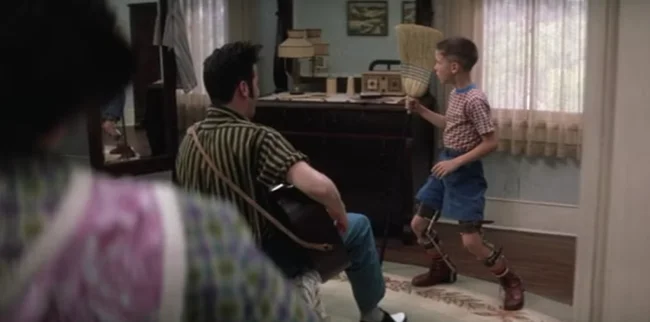
One of the most hidden cameos in the film was Kurt Russell's appearance—though not onscreen, but offscreen. In the scene where a young Elvis Presley dances at Forrest's house, the singer's face is not shown, but his voice is very recognizable.
Actor Peter Dobson played the role of the young Elvis, but he didn't provide his voice. The voice belongs to Kurt Russell, who previously played Elvis himself in the 1979 television film "Elvis." Thanks to this experience, he perfectly captured the King of Rock 'n' Roll's manner of speech and intonation.
This cameo is uncredited, but for Russell and Elvis fans, it's a real find.
Forrest's house is the same one featured in the film "The Patriot." 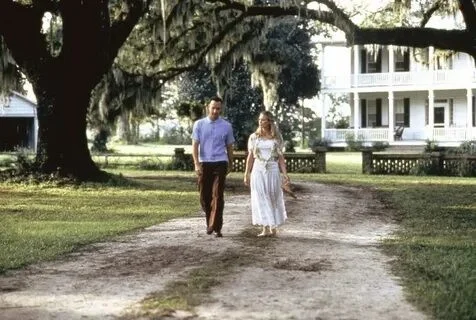
The house where Forrest grew up in the fictional town of Greenbow, Alabama, is one of the most memorable elements of the film. Although the town doesn't exist, the house itself is very real. It's an old plantation estate in South Carolina, known for its architecture and picturesque location.
Interestingly, this same house was used in another famous film, Mel Gibson's "The Patriot." In the historical drama, it served as the residence of Charlotte's character, Aunt Charlotte. It was slightly remodeled for filming, but the basic structure and façade remained the same.
Thus, this house has become something of a "cinema veteran," having played a key role in two completely different, yet equally ambitious, films.
"Forrest Gump" is a film in which every detail matters. From small gestures to visual metaphors, everything works together to create a profound, touching, and inspiring work. And the more you watch, the more you discover. 